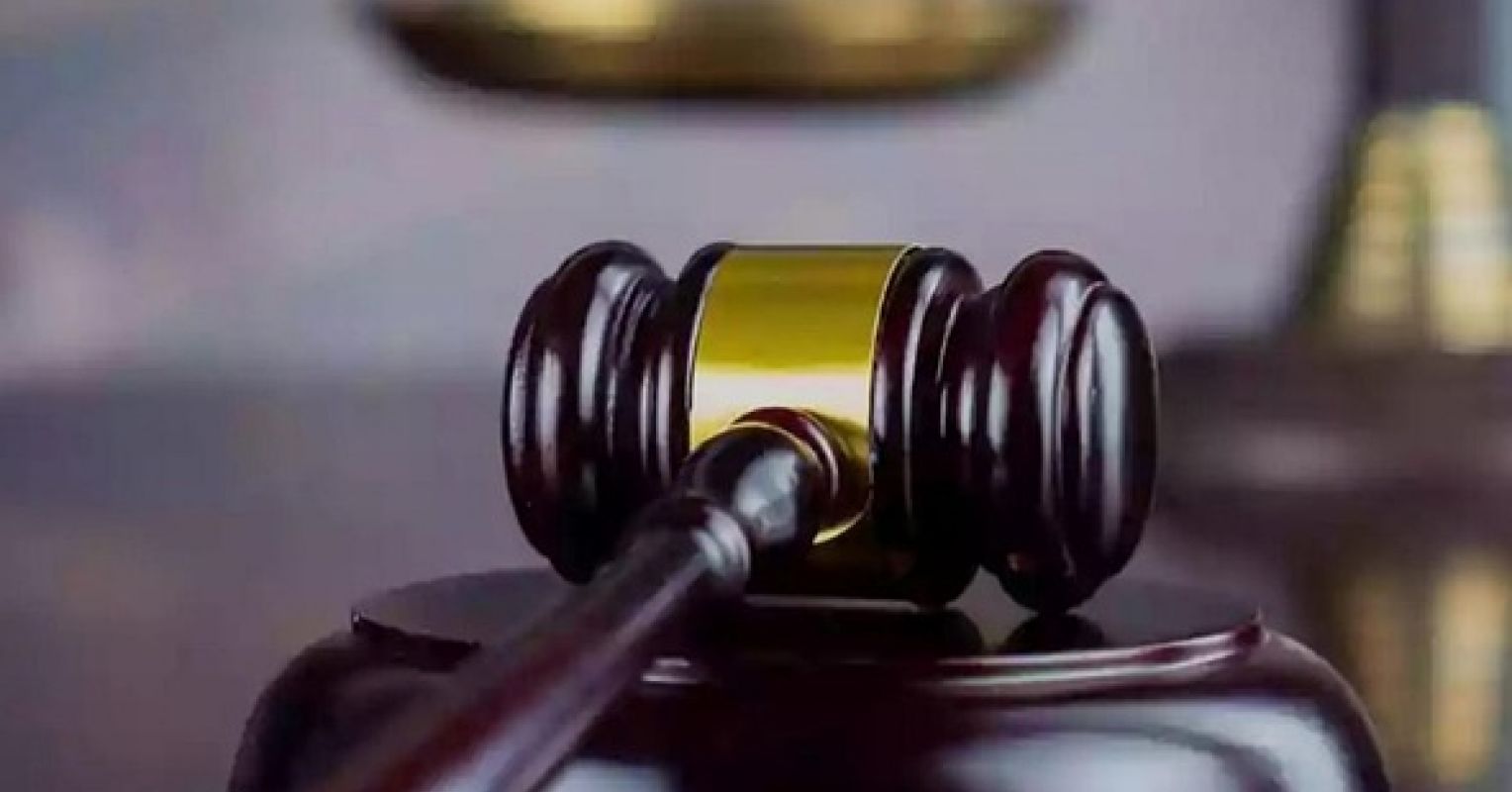
"In the courtroom, judges are perceived on different levels based on a variety of factors, from attire to attitude. In addition to a black robe and judicial demeanor, observers interpret proceedings through a judge's verbal and nonverbal cues. From statements to silent sentiment expressed through emotion, observers (including jurors) follow the judge's lead regarding everything from evidentiary relevance to importance. Accordingly, when the stakes are high and emotions are higher, a judge's behavior can make or break the perception of justice."
"The black robe symbolizes independence and integrity. Decision-making without fear or favor. In a world where optics matter, judges wield influence through their unique attire, which distinguishes their role from all others. True, many types of professionals are identified through a uniform. From construction workers in bright orange vests and hard hats to medical professionals wearing scrubs, we distinctly recognize occupation through apparel."
Judicial attire, especially the black robe, symbolizes independence, integrity, and decision-making without fear or favor. Uniforms and attire convey occupational identity and authority across professions, with judges' robes distinguishing judicial role and oversight. Observers interpret proceedings through judges' verbal and nonverbal cues, and jurors attend closely to especially negative nonverbal signals. Televised proceedings and courtroom cameras alter public perception of judges, with camera angles and audio choices shaping perceived legitimacy. Judges' demeanor and behavior influence interpretations of evidentiary relevance and importance. High-stakes, emotionally charged cases intensify the impact of judicial conduct on perceptions of justice.
Read at Psychology Today
Unable to calculate read time
Collection
[
|
...
]